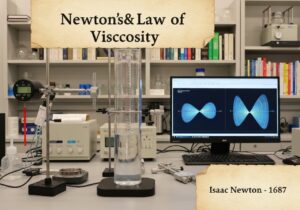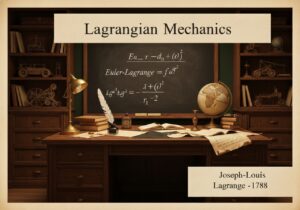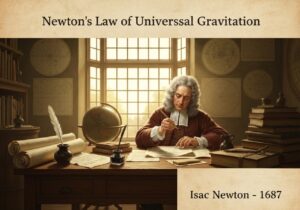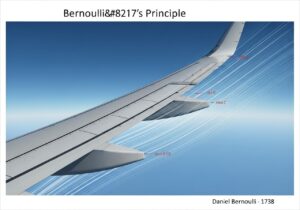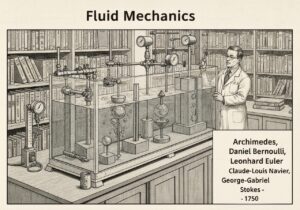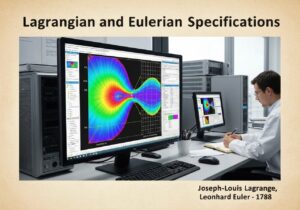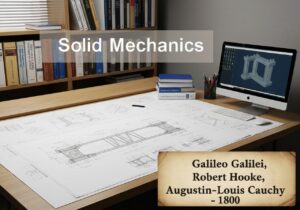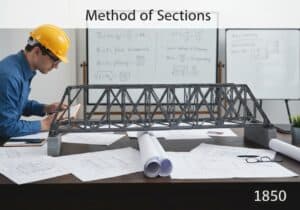In continuum mécanique, the principle of mass conservation states that the mass of a closed system must remain constant over time. For a fluid, this is expressed by the continuity equation. In its Eulerian differential form, it is written as [latex]\frac{\partial \rho}{\partial t} + \nabla \cdot (\rho \mathbf{u}) = 0[/latex], where [latex]\rho[/latex] is the density and [latex]\mathbf{u}[/latex] is the velocity field.
Conservation de la masse
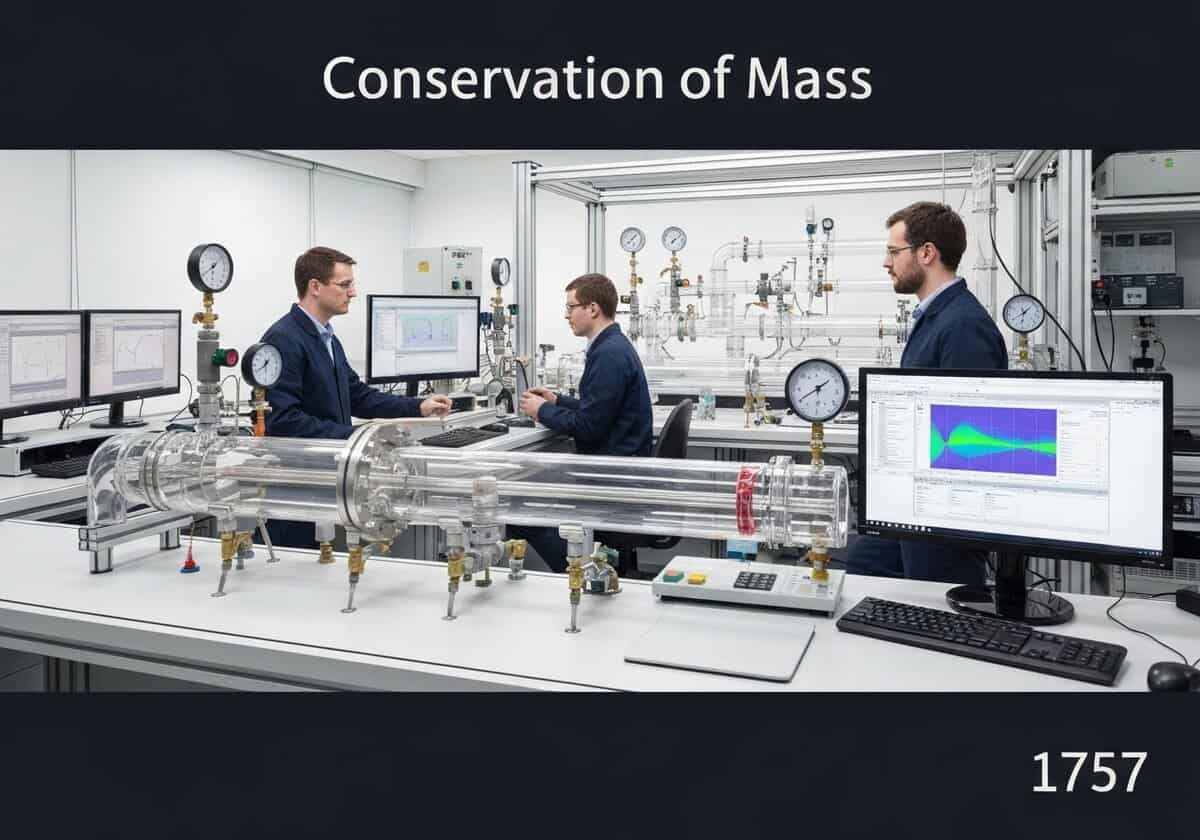
The conservation of mass is a fundamental principle in physics, and its mathematical formulation within continuum mechanics is known as the continuity equation. This equation provides a precise statement about how the density of a material changes in space and time. The equation [latex]\frac{\partial \rho}{\partial t} + \nabla \cdot (\rho \mathbf{u}) = 0[/latex] applies at every point within the continuum. The term [latex]\frac{\partial \rho}{\partial t}[/latex] represents the rate of change of density at a fixed point (the local or unsteady term), while the term [latex]\nabla \cdot (\rho \mathbf{u})[/latex] is the divergence of the mass flux ([latex]\rho \mathbf{u}[/latex]), representing the net rate of mass flowing out of an infinitesimal volume around that point.
The equation essentially states that if the density at a point is increasing, it must be because more mass is flowing into the infinitesimal volume than is flowing out, and vice versa. For a special case known as an incompressible flow, the density [latex]\rho[/latex] of a fluid parcel is assumed to be constant as it moves. In this case, the continuity equation simplifies significantly to [latex]\nabla \cdot \mathbf{u} = 0[/latex]. This simplified form is widely used in modeling liquids like water and in low-speed aerodynamics. The continuity equation is one of the core governing equations, alongside the conservation of momentum and energy, used in virtually all analyses in fluid dynamics and solid mechanics.
Taper
Perturbation
Usage
Précurseurs
- Le principe philosophique de la conservation de la matière
- Développement du calcul vectoriel et du théorème de divergence
- Leonhard Euler’s formulation of fluid motion equations
- Daniel Bernoulli’s work on fluid dynamics
Applications
- conception de canalisations et de systèmes CVC pour garantir des débits appropriés
- ingénierie aérospatiale pour le calcul des variations de densité de l'air autour des avions
- hydrologie pour la modélisation de l'écoulement des rivières et du mouvement des eaux souterraines
- météorologie pour prévoir les conditions météorologiques en fonction du mouvement des masses d'air
Brevets:
Idées d'innovations potentielles
!niveaux !!! Adhésion obligatoire
Vous devez être membre de l'association pour accéder à ce contenu.
DISPONIBLE POUR DE NOUVEAUX DÉFIS
Ingénieur mécanique, chef de projet, ingénierie des procédés ou R&D
Disponible pour un nouveau défi dans un court délai.
Contactez-moi sur LinkedIn
Intégration électronique métal-plastique, Conception à coût réduit, BPF, Ergonomie, Appareils et consommables de volume moyen à élevé, Production allégée, Secteurs réglementés, CE et FDA, CAO, Solidworks, Lean Sigma Black Belt, ISO 13485 médical
Nous recherchons un nouveau sponsor
Votre entreprise ou institution est dans le domaine de la technique, de la science ou de la recherche ?
> envoyez-nous un message <
Recevez tous les nouveaux articles
Gratuit, pas de spam, email non distribué ni revendu
ou vous pouvez obtenir votre adhésion complète - gratuitement - pour accéder à tout le contenu restreint >ici<
Contexte historique
Conservation de la masse
(si la date est inconnue ou non pertinente, par exemple « mécanique des fluides », une estimation arrondie de son émergence notable est fournie)
Inventions, innovations et principes techniques connexes

